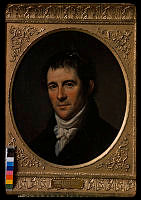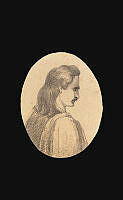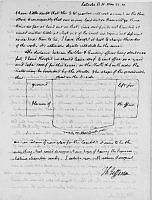Foreword; White House History (Number 27)
Copyright © Spring 2010 White House Historical Association. All rights reserved under international copyright conventions. No part of this article may be reproduced or utilized in any form or by any means, electronic or mechanical, including photocopying, recording, or by any information storage and retrieval system, without permission in writing from the publisher. Requests for reprint permissions should be addressed to books@whha.org
We at the White House Historical Association are relative newcomers to Lafayette Square. The windows of our brick town houses look out on Lafayette Park. A distinction is made between the two “Lafayettes,” the park in the middle, with the square referring to the buildings that face it along the sides. The White House is set back considerably from the south end, up on a considerable rise from the level of the park and Pennsylvania Avenue. A more harmonious scene of buildings, streets, sidewalks, and trees could hardly be imagined.
Nor might one imagine a neighborhood more evocative of its history. In this issue of the journal, the first of two on Lafayette Square, we visit some of that history in buildings and those who either built or inhabited them. Some still stand, while others are gone—some long gone. Examples of the first are Saint John’s Church and Blair House, of the second are the original executive offices and W. W. Corcoran’s magnificent house. Crowning the park is the bronze equestrian statue of Andrew Jackson, created by an amazing amateur and put up as the nation was falling apart, less than a decade before the Civil War.
The White House Historical Association, nearing thirty years’ residence on the square, expanded into Decatur House next door only this year. With the new education and research center comes the historical inspiration provided by an old house that has sheltered many famous Americans, a number of whom had ambitions—none realized—to move to the White House nearby.

Decatur House was built in 1819 by Benjamin Henry Latrobe for Commodore Stephen Decatur, and photographed by Bruce White in 2009.

The corners of Lafayette Park are marked by four bronze sculptural groups recognizing individuals from foreign countries who helped win the American Revolution. The earliest, of Marquis de Lafayette, were placed there in 1891, while the most recent two, Tadeuzs Kosciuszko and Baron von Steuben, were dedicated in 1910. Pictured here is the second statue, that of Comte de Rochambeau. Sited on the southwest corner of the park, it was unveiled in 1902, commemorating the leader of the 5,500 man expeditionary force sent by the French Crown to help the Americans.
White House Historical Association





















































